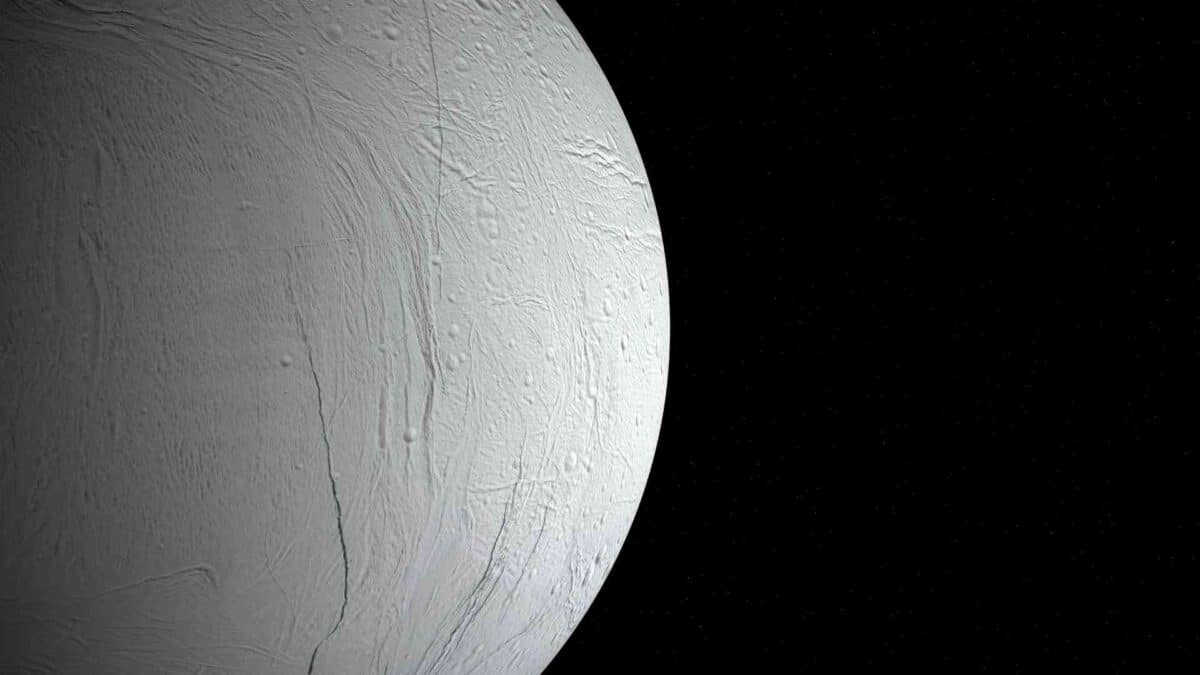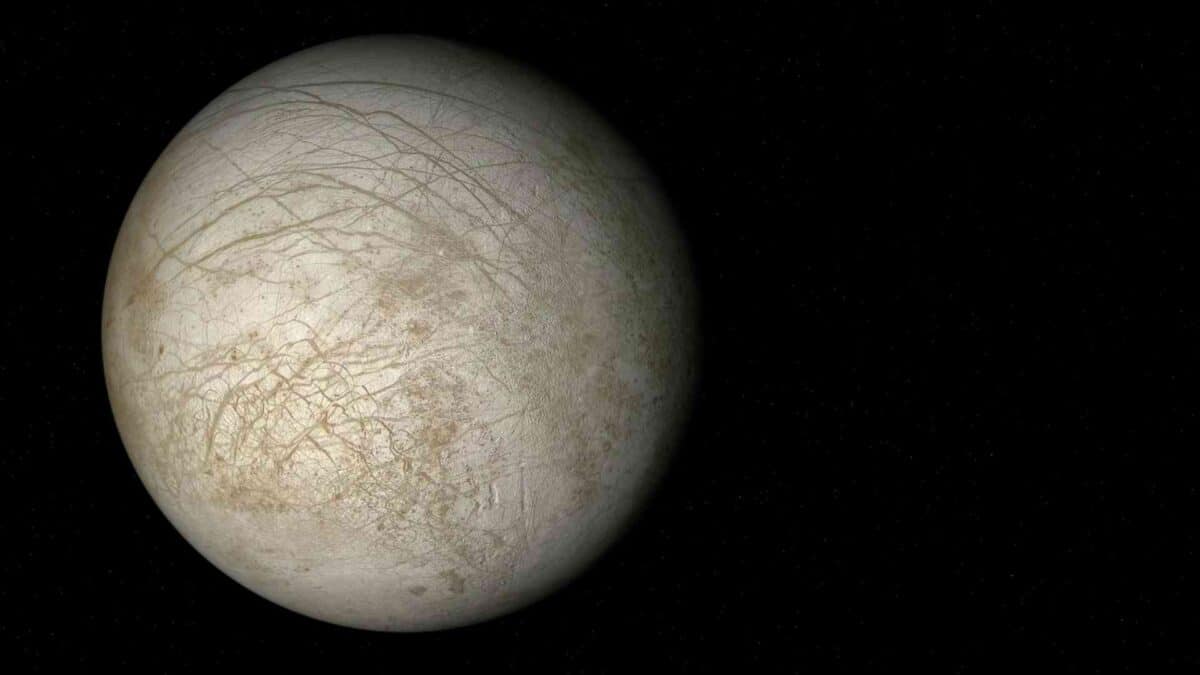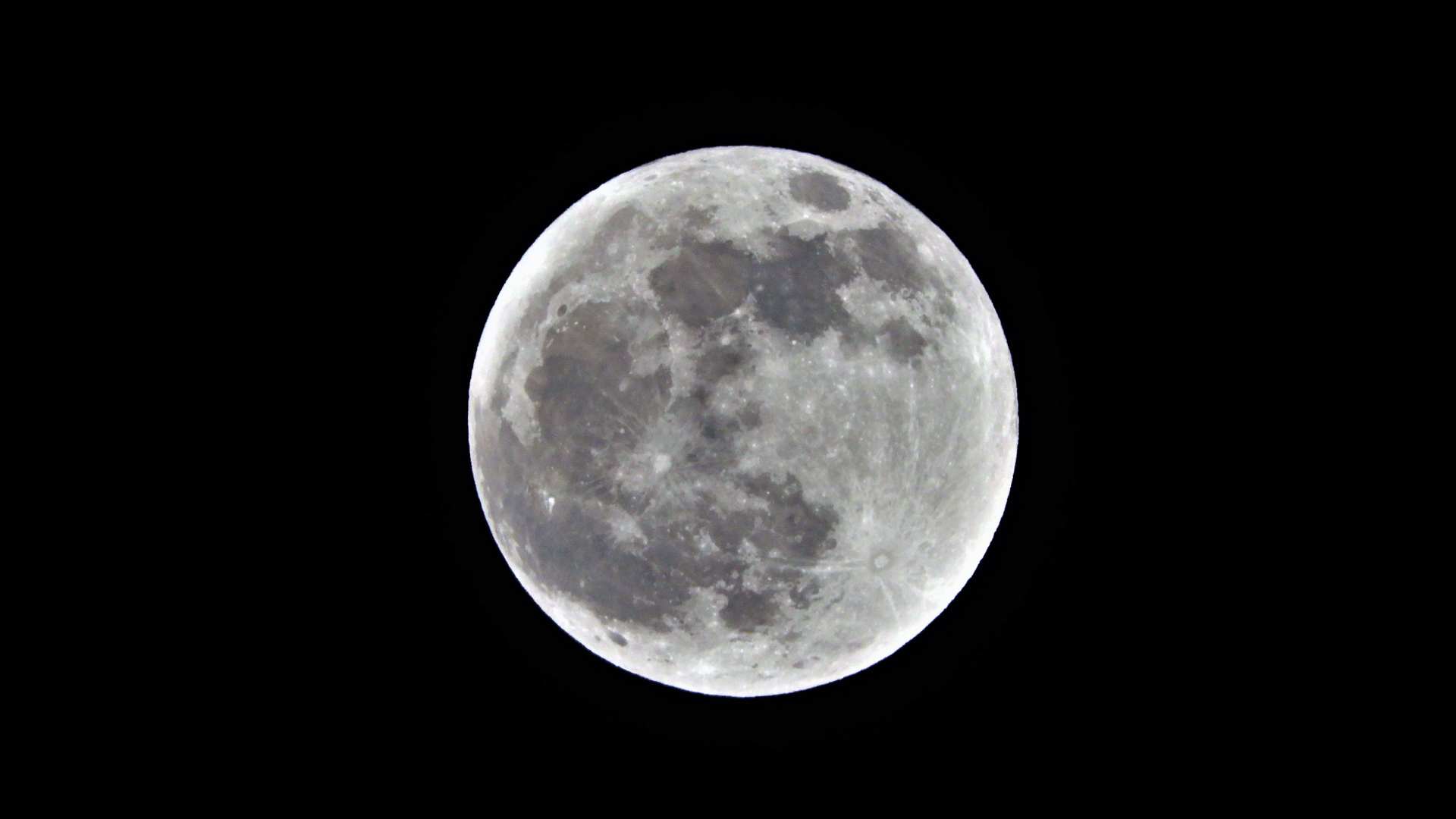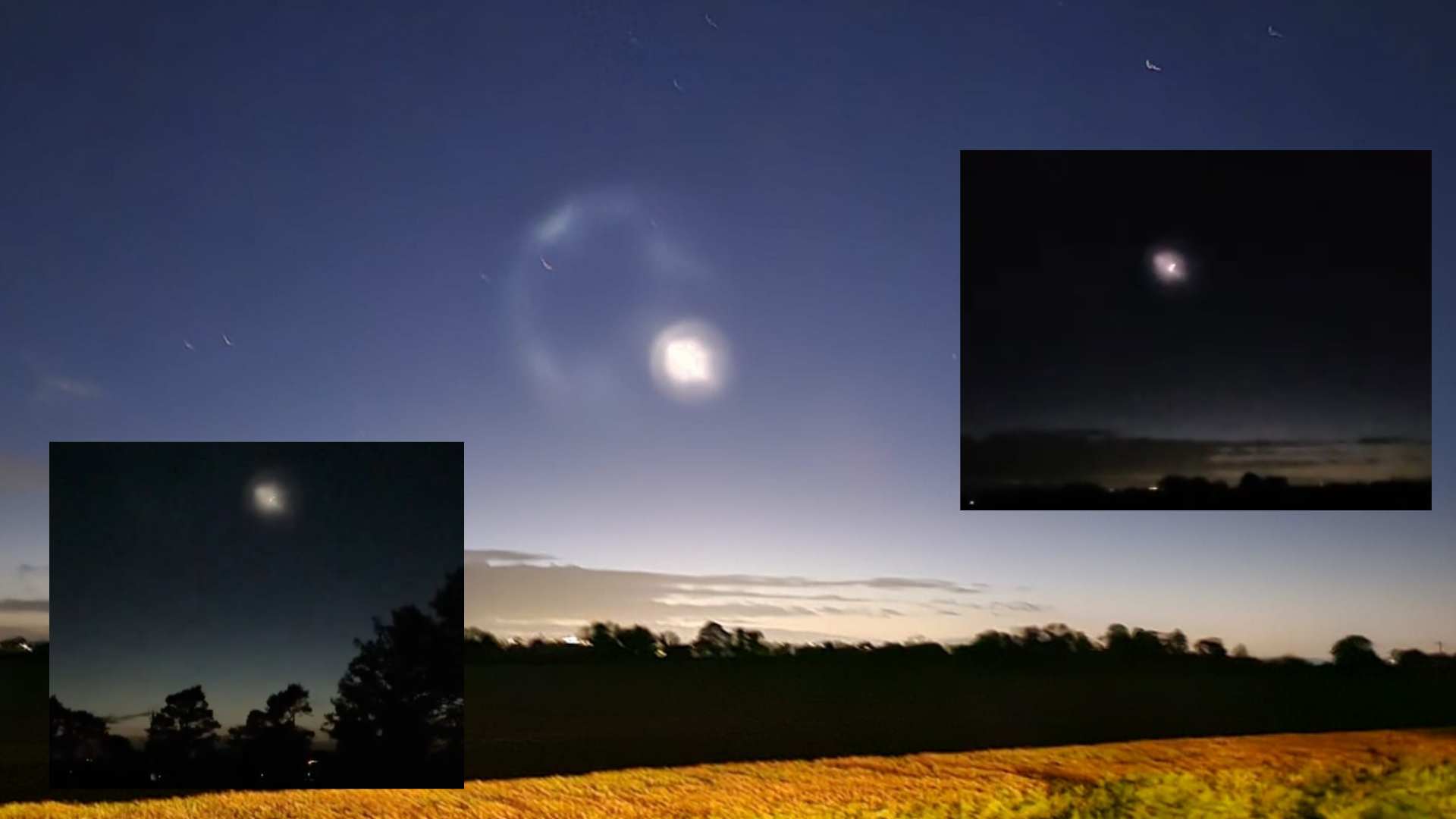
Cosmic Rays Could Power Life Beneath Alien Surfaces

High-energy particles from space, known as cosmic rays, could provide a potential energy source for life in underground environments on planets and moons in our solar system, according to a new study from researchers at NYU Abu Dhabi.
Published in the International Journal of Astrobiology, the study was led by Dr. Dimitra Atri, Principal Investigator at the Space Exploration Laboratory within NYUAD’s Center for Astrophysics and Space Science. The research examines how cosmic rays interact with subsurface water or ice, producing energy that could potentially sustain microbial life.
When cosmic rays penetrate the surface of a planet or moon and collide with underground water molecules, they trigger a chemical reaction known as radiolysis. This process breaks apart water molecules, releasing electrons that certain types of bacteria on Earth are known to use for energy. The study suggests that similar processes could occur on other worlds, enabling life to exist in dark, cold regions without relying on sunlight or geothermal heat.
Using computer simulations, the team assessed the energy potential of cosmic ray-induced radiolysis on Mars, as well as on Saturn’s moon Enceladus and Jupiter’s moon Europa—both of which are believed to have subsurface oceans beneath thick ice layers. Enceladus was found to have the highest potential for supporting life through this process, followed by Mars and then Europa.

The study introduces the concept of a “Radiolytic Habitable Zone”—a theoretical zone where underground water could be chemically energized by cosmic radiation. This concept expands the traditional view of habitable zones, which typically focus on a planet’s distance from its star and the potential for liquid water on the surface.
According to Dr. Atri, the findings could influence future space exploration strategies. “Instead of limiting the search for life to surface environments exposed to sunlight or geothermal activity, we can also consider underground regions where cosmic rays may create the necessary conditions to support life,” he said.
The study provides a new framework for identifying potentially habitable environments across the solar system and beyond, and could help guide the design of future missions to Mars, Europa, Enceladus, and other celestial bodies with subsurface ice or water.
Share this WeathÉire story:







